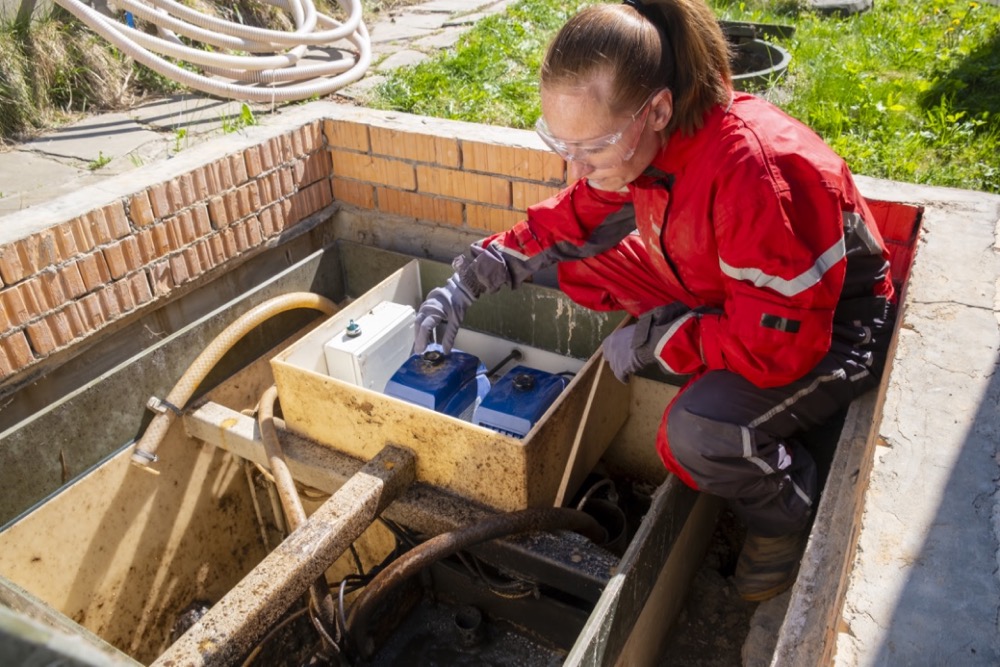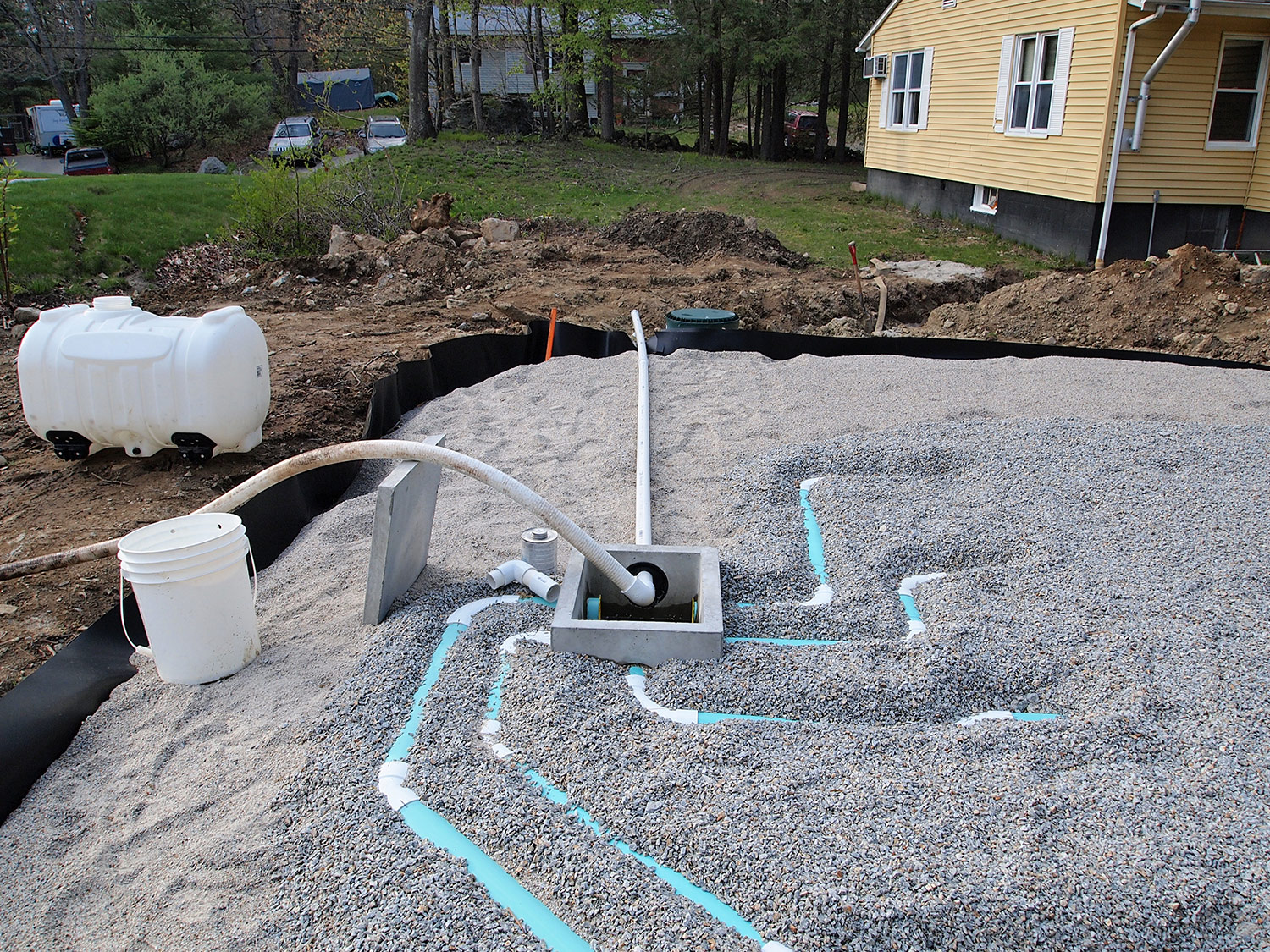
Property surveys are done to determine or confirm land boundaries, such as the plot of land a home sits on, and identify other types of restrictions and conditions that apply to the legal description of a property.
Whether you’re buying a home or building an addition onto your property, you’re going to need a property survey. Let’s explore in more detail what it is and how to get one.
What is a property survey?
A property survey is all about defining what’s yours and what isn’t. They’re done for many different reasons.
Surveys are used to establish boundaries when new parcels of land are being developed, as well as to identify and confirm already established land boundaries.
For example, if you’re considering putting up a fence on your property, you’ll need to know where your property line ends — and where your neighbor’s begins. That’s what a property survey helps you determine.
If you’re looking to buy a home, you might be required to get a survey, depending on where you live. Many lenders and title companies require a copy of a survey to close on a home, but they’re not mandatory everywhere.
Where do I find my property’s survey?
If you’re buying a home, ask the seller to check with their lender and/or title company to see if there’s a property survey on file. The local tax assessor’s office may also have one.
If you’re already a homeowner and a survey was never provided to you, your local property records or engineering department may have one on file, but it’s probably older and could be outdated. While such dated surveys are typically accurate on standard city lots, they can be wrong if you live on a former country parcel that’s been altered for suburban development. You can also check with neighbors to see where they got theirs.
What are the different types of property surveys?
Because there are many reasons to have a survey done, there are a few different types of surveys.
For example, land surveys are done to show the boundaries of a parcel of land. There are also topographic surveys, which show the plane as well as the elevation of land. If road improvements are requested, for instance, a topographic survey would be needed.
Other types of surveys include:
- Monumentation surveys: These are done if you want to add a fence to your property.
- As-built surveys: Determine property lines but also where improvements can be made, like driveways and sidewalks.
- Mortgage surveys: Like as-built surveys, these show property boundaries for an entire property that will be mortgaged.
- Floodplain surveys: Show flood hazard areas.
If you’re requesting a property survey, be specific about why you need it. That way when you get an estimate for the work, it’s accurate in relation to what you need done.
Why are property surveys important?
While property surveys aren’t required everywhere, they are in many jurisdictions across the country. That’s because they detail how your property is defined in an official capacity. Rather than guessing where your property lines are, you have a document that makes it clear.
Property surveys are required for lender title insurance policies.
In order for a title insurance policy to be issued, it needs to be known if there are any encroachments on the property prior to closing. They’re usually done before a home purchase, or when someone is putting a pool in or a fence.
Cities or contractors will require a survey before permits can be pulled. So if you’re hoping to build a pool in your backyard, you’ll need a recent survey completed. While there’s a chance you could use an old survey to pull permits, it’s not always guaranteed. In that case, you may want to get a new survey completed.
How much a property survey costs
The cost of a property survey depends on what type of survey you need and the property’s size, location and history. A simple property boundary survey costs anywhere from $100 to $600, while a mortgage survey costs an average of $500, according to data from HomeAdvisor, which lists average costs for various types of property surveys. The more complex a property’s features and records history, the more you’ll likely pay for a surveyor’s time.
If you’re buying a home and need a survey to establish property lines, determine whether a property is in a floodplain or because your lender requires one, you will pay for the survey.
How do I hire a property surveyor?
Searching for property surveyors in your area is one of the best ways to find companies to get the job done.
There is a surveying society in each of the 50 states, all of which are affiliated with NSPS. Each of those societies has a website, which will typically include a ‘Find A Surveyor’ section.
Don’t be afraid to ask your title company or lender for recommendations. This can help you find a trustworthy and reliable surveyor near you.
You should also take the time to question your potential surveyor. Talk about your needs beforehand to make sure they can fulfill the requirements. Check that the surveyor is licensed to practice in the state where the property is located.
Be mindful of how much time it takes to complete a survey. Wooll says property surveys can usually be completed within a week, but it could take up to three, depending on the company.
There’s no way to determine exactly how long it’ll take to complete a survey since there are so many variables to consider, including the quality and availability of property records, such as deeds.
Bottom line
You might not need a property survey done before buying a home. In some cases, your lender or title company might require one, so make sure you’re prepared for the additional legwork and cost. Whether you’re closing on a home or planning a major addition, knowing your property’s precise boundary lines can help avoid costly headaches and disputes with neighbors later on.
If you have questions about getting your property surveyed, contact Morse Engineering and Construction.
Source: Bankrate.com





